The Monuments of Ancient Civilizations
Ancient civilizations left behind some enormous and magnificent structures.
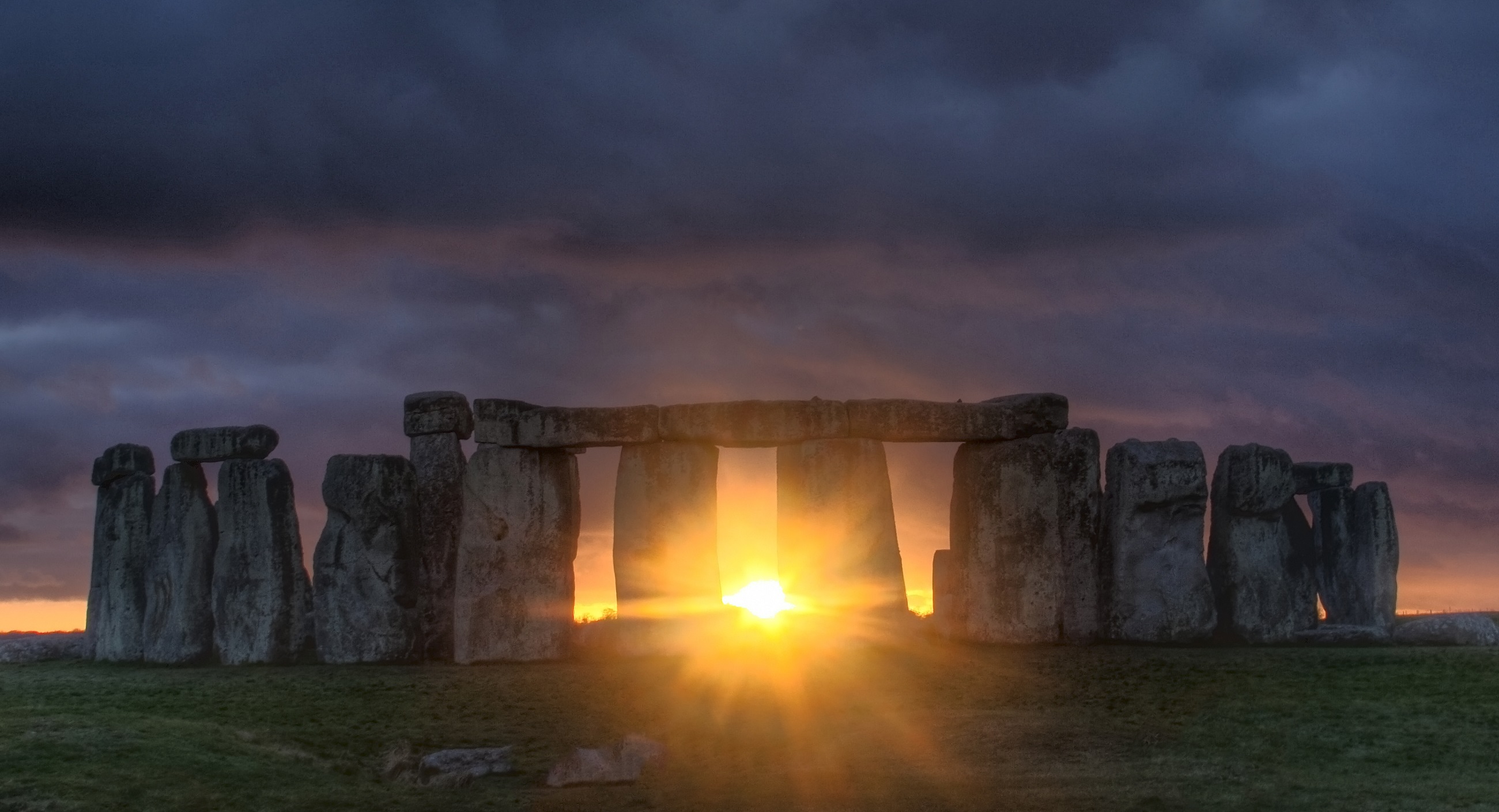
Even today, after millennia have passed, they can still be admired. They withstood the test of time.
But that is not the only thing about them that amazes. Many of those structures are build are oriented in ways which make them interact with the movement of the sun and the stars.
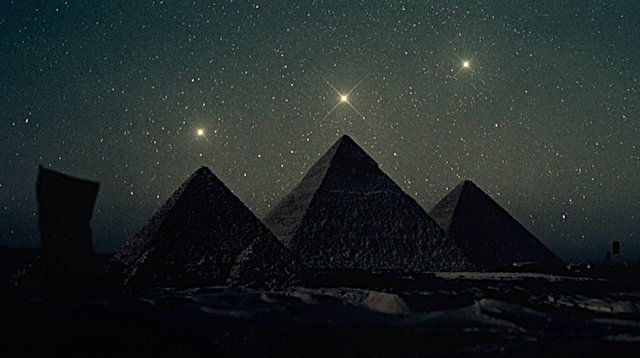
It seems as if the builders of those monuments chose to use lasting materials (stones) and relations to our cosmos as a way to make sure to be able to communicate with many generations to come.
Enter Hiroshi Sugimoto
Sugimoto is a celebrated photographer best known for his black-and-white pictures of several movie theatres, wax cabinet figures and seascapes.
He often used hourslong exposure times and also set the picture in alignment to the environment (horizon line in the exact center).
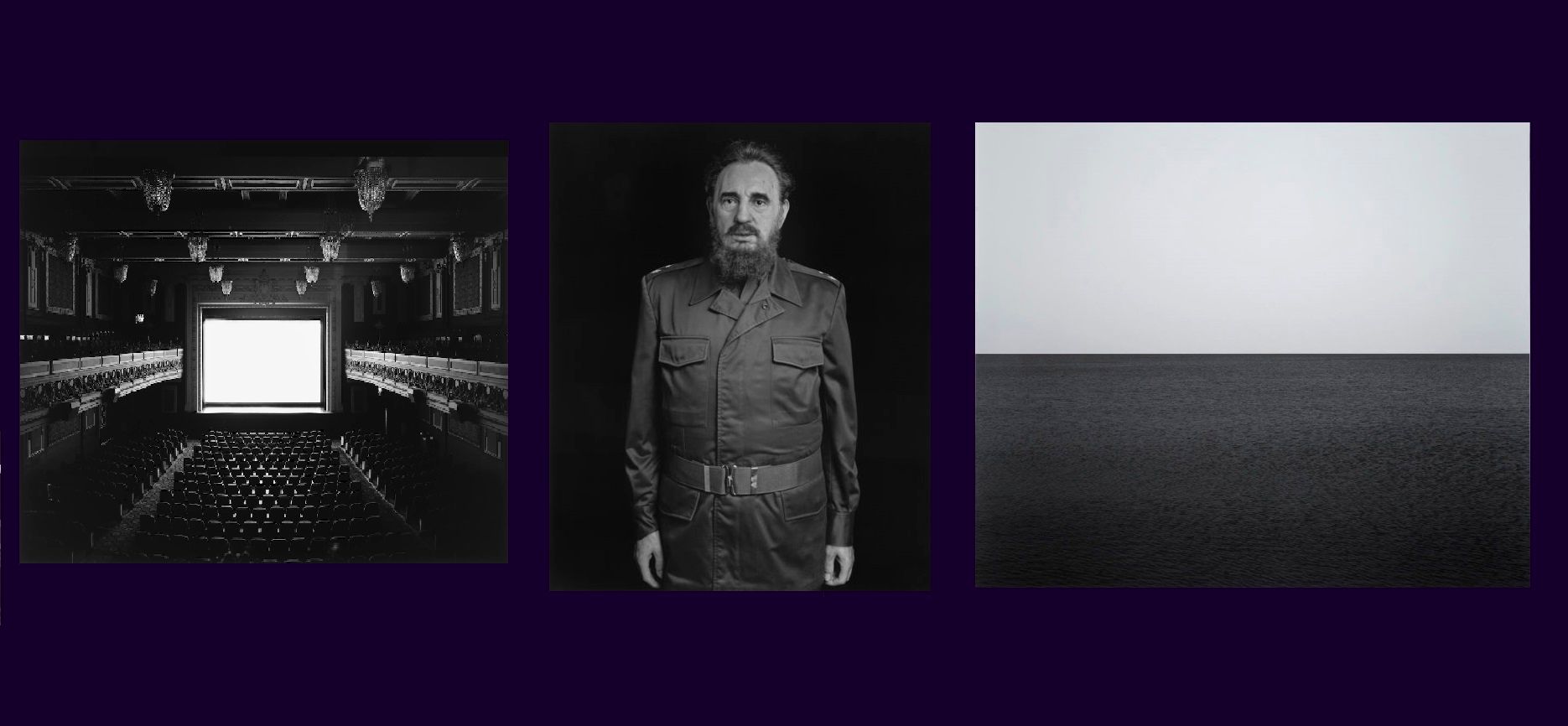
Later into his career he has also been involved designing several buildings.
As in his photographs, time and reference to the environment are very important.
By using ancient materials like giant rocks, he wants to make sure that these structures are also withstanding the test of time and will not only be beautiful now but in a thousand years when they are ruins.
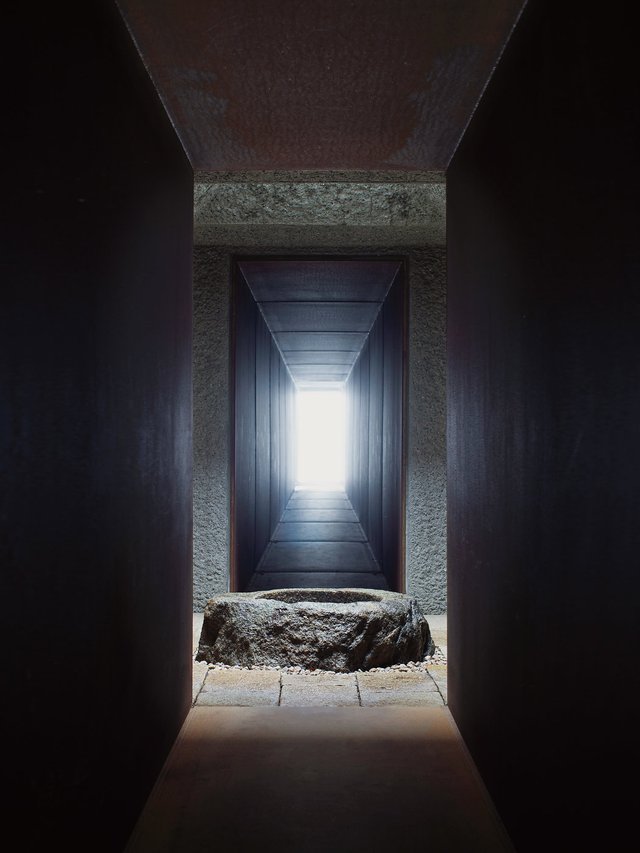
Our place in the World
His latest project, called Enoura, contains a 100-meter-long gallery and a 70-meter-long underground chamber which are oriented in such a way that they frame the sun at dawn of the summer and winter solstices.
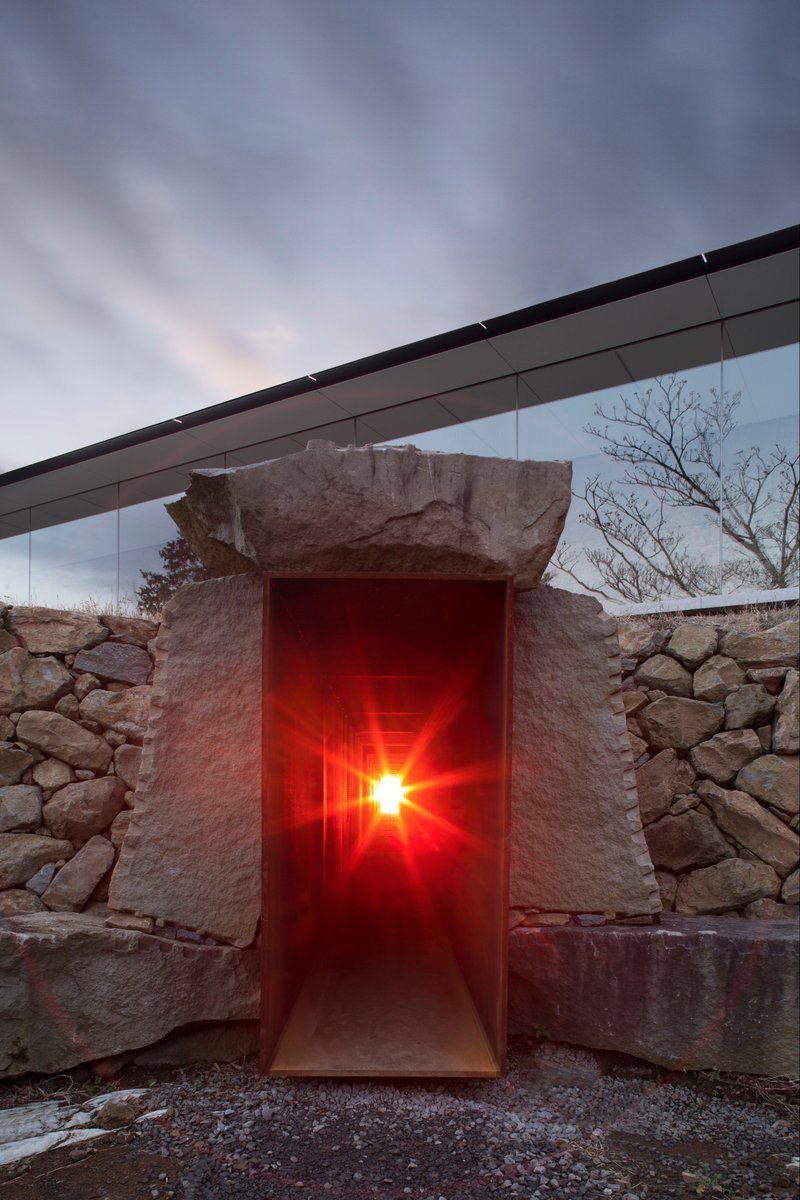
Through this alignment with the movement of the sun, Sugimoto wishes to accomplish a hightened awareness of our place in nature and the cosmos.
A perspective which we seem to have lost as a modern civilization and which he tries to revive through his structures.
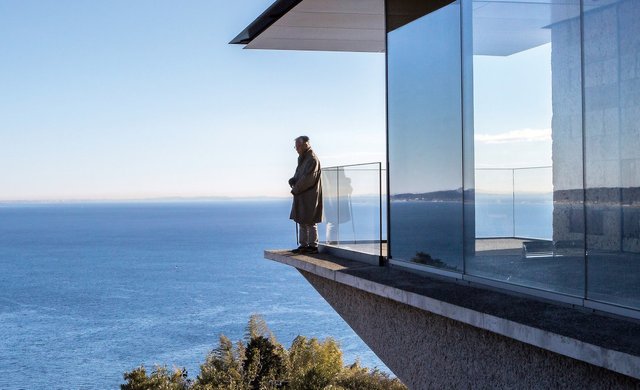
Downvoting a post can decrease pending rewards and make it less visible. Common reasons:
Submit
google translator tells me you are right! ;)
Downvoting a post can decrease pending rewards and make it less visible. Common reasons:
Submit